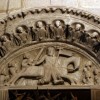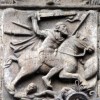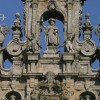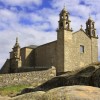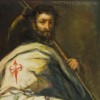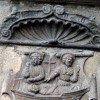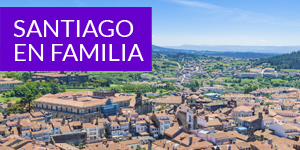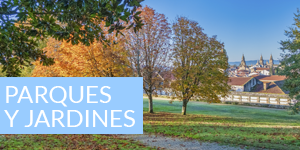- Accede I
- Regístrate I
- carrito
El guerrero del caballo blanco
El descubrimiento de la tumba del Apóstol fue rápidamente comunicado por el obispo Teodomiro de Iria Flavia al rey astur Alfonso II, para quien supuso un gran hallazgo: no sólo daría origen a una Ciudad Santa en el reino astur, independiente de Roma y del Imperio Carolingio, capaz de atraer peregrinos, población, conocimiento y comercio; sino que supondría un factor de aglutinación de los territorios cristianos de la Península contra la invasión del Islam.
La figura de Santiago Matamoros, el apóstol guerrero, se convirtió en verdadero estandarte de la Reconquista desde que el 23 de mayo del 844 se ‘apareció’ ante el rey Ramiro I y otros monarcas cristianos montando un caballo blanco y blandiendo una espada para ayudarlos a vencer a las tropas de Abderramán II en la Batalla de Clavijo.
Los milagros atribuidos al Apóstol se repitieron y sus apariciones se multiplicaron, infundiendo valor a los guerreros que en su nombre (‘Santiago y cierra España’) finalmente reconquistaron España en 1492; y propiciando más y mayores peregrinaciones de toda Europa hacia la milagrosa Compostela a través de los territorios reconquistados, surcados por el Camino de Santiago.











